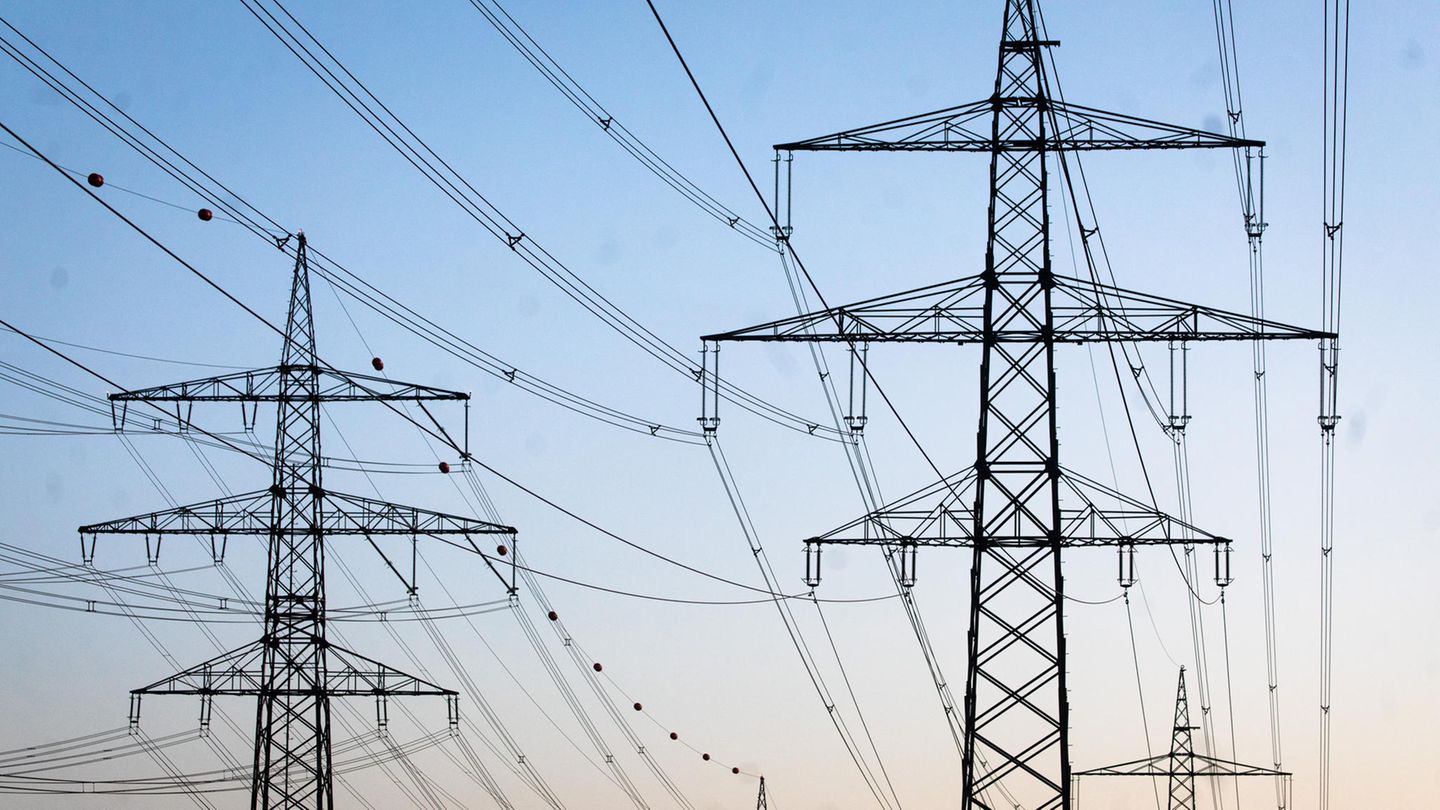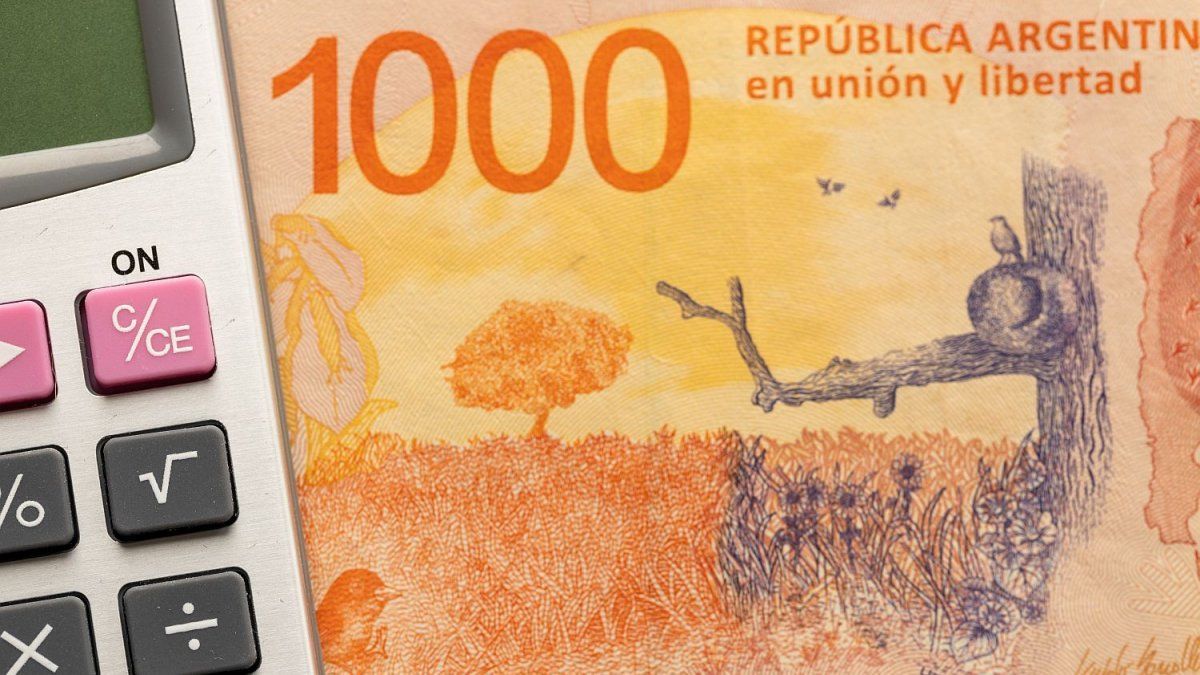Electricity and gas have been cheaper again on the exchanges for some time. Now the falling prices are also reaching consumers. You should now check whether it makes sense to change providers
The prices for electricity and gas on the exchanges have been falling for weeks, but the discounts have so far hardly reached the customers of the local basic suppliers. That is now changing: According to a survey by the comparison portal Verivox, a total of 91 electricity and 80 gas providers want to reduce their tariffs in May, June and July. Accordingly, electricity is cheaper on average by around 14 percent and gas by 23 percent. The “Süddeutsche Zeitung” reported about it first.
An energy supplier is considered to be a default supplier if it supplies most of the customers in a network area with electricity or gas. According to Verivox, the time of record prices during the energy crisis is over. However, the price level remains high: 90 percent of all gas and 80 percent of all electricity tariffs of the local basic suppliers are above the state price brakes that have been in effect since January. Tariffs for new customers are significantly cheaper than the limits set by the price cap. The price cap for electricity is 40 cents per kilowatt hour, for gas it is 12 cents. If customers pay higher prices, the state covers the additional costs.
On average nationwide, a three-person household with an annual electricity consumption of 4000 kilowatt hours pays 1970 euros to the local basic supplier (working price 45.78 cents/kWh). If the state subsidies from the electricity price brake are included, the costs with constant consumption are, according to Verivox, at 1785 euros. The cheapest offer from an alternative provider “with recommended conditions” is 31.77 cents/kWh. Since the basic price is also included in this offer, the three-person household with a consumption of 4000 kilowatt hours would come to a total annual cost of 1272 euros.
For gas, a household in a single-family house (20,000 kWh annual consumption) pays an average of 3267 euros to the basic supplier. The kilowatt hour price is 15.57 cents, the annual basic price is 152.83 euros. If you include the gas price brake, the amount for private households is reduced to 2696 euros. With the cheapest alternative provider, on the other hand, the household would only pay an average price per kilowatt hour of 10.28 cents/kWh – including the basic price. The final bill would amount to 2055 euros.
Win-win-win situation for customers, taxpayers and comparison portals
A change of provider can become a win-win-win situation these days: for consumers who, according to Verivox, can save more than 500 euros on electricity and 600 euros on gas; but also the state and thus ultimately all taxpayers would benefit, because they currently pay every cent more that is above the price brakes. Last but not least, a change of provider is also lucrative for Verivox because the comparison portal brokers tariffs and collects a fee for each transaction via the platform.
The consumer centers also advise you to check your own electricity and gas contract now. Customers can switch from one of the around 700 local gas or 800 basic electricity suppliers at any time; there are usually no fixed deadlines. “Anyone who is currently paying more than the price brake level can save by switching providers,” according to the consumer advice centers. “The higher the current price, the higher the savings, logically.” As a rule, it is worthwhile to compare tariffs about once a year. “Whenever you get a price increase, you should compare,” said the consumer advocates.
Insulate, generate electricity, change
Twelve tips on how to reduce your energy costs as a tenant
Already at the beginning of the year, there were signs that basic suppliers would again become more expensive than alternative providers. In 2022, basic suppliers were consistently cheaper than the providers with the cheapest tariffs on the market.
The price differences between the providers can be explained by the different procurement strategies of the energy companies: while default suppliers buy for the long term, other providers on the spot market place orders for the short term. In the past, and now again, these alternative providers were able to pass on the favorable market prices directly to their customers. The downside of this practice is that they cannot absorb extreme price increases such as those resulting from the Ukraine war.
Source: Stern




